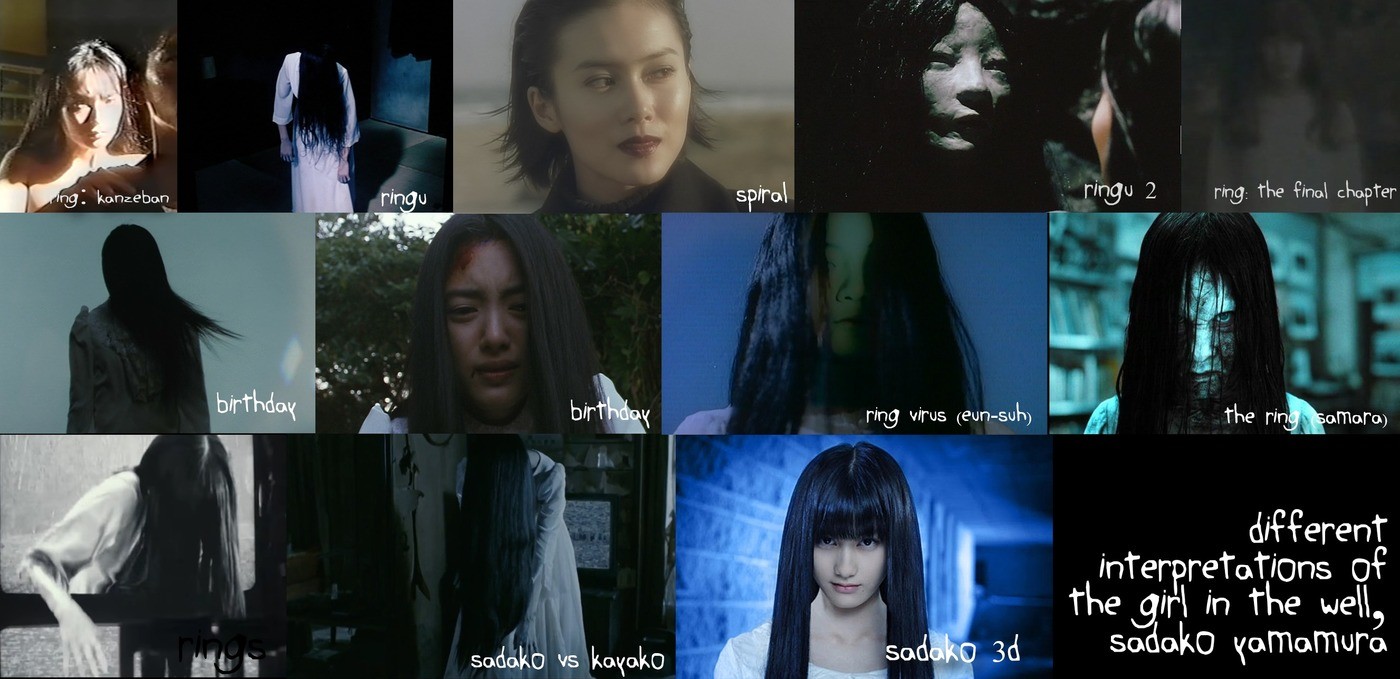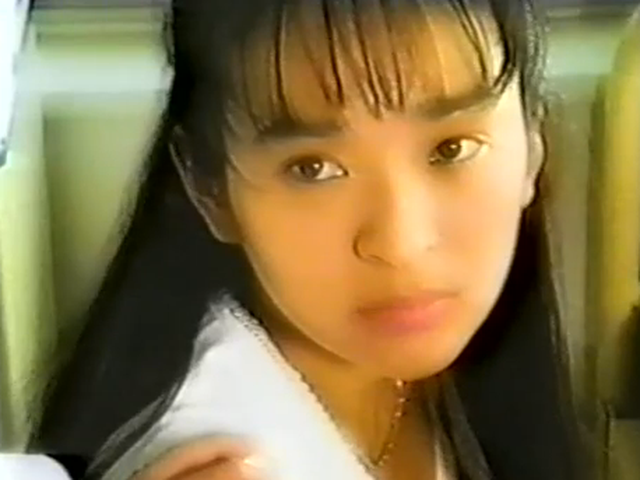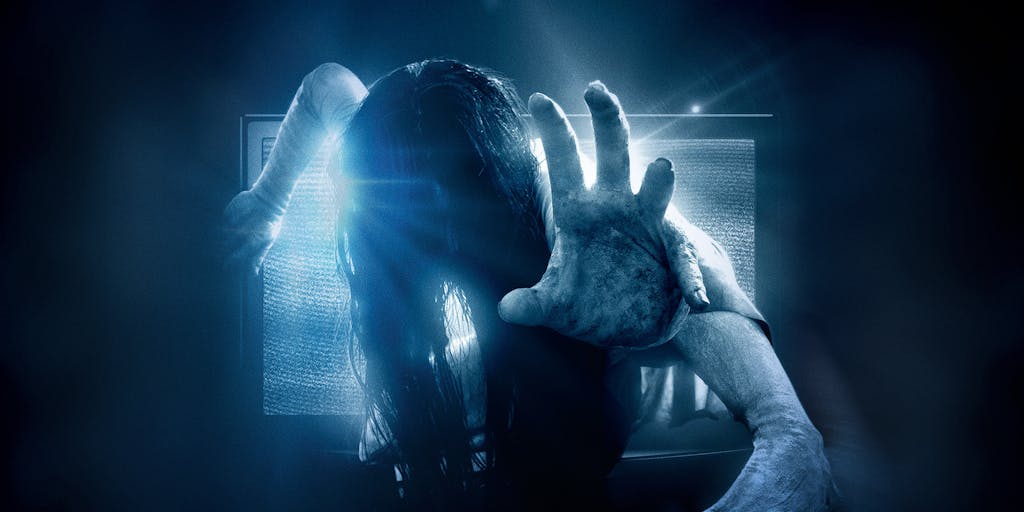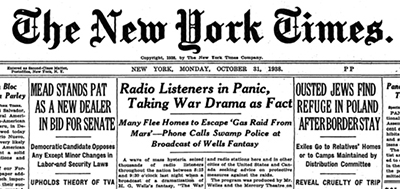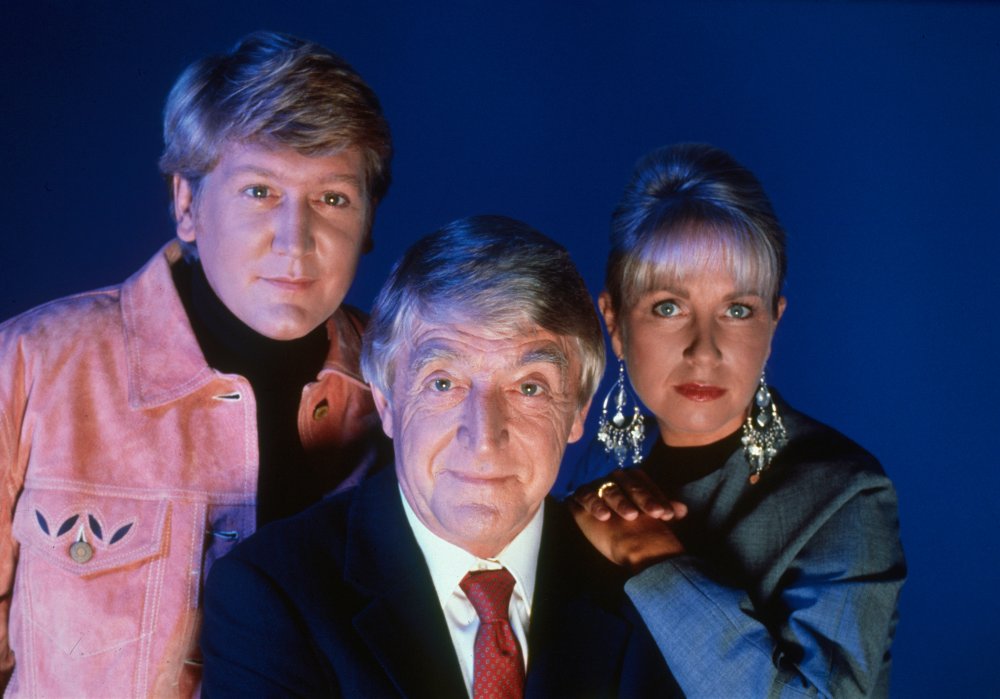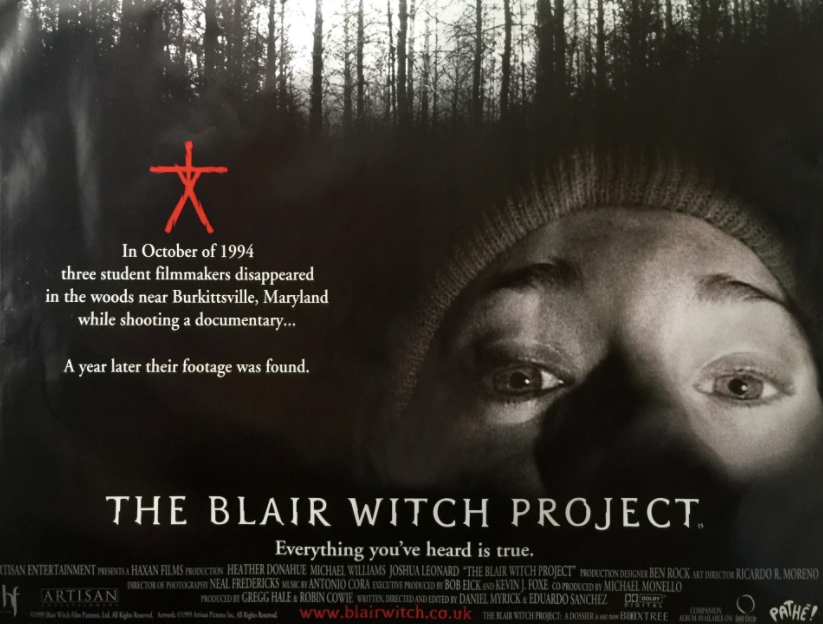Well, we
have done a retrospective on The Ring
franchise, so it makes sense to do the same to its sisterly series: The Grudge. Better known as Ju-On in Japan, the series was created
by Takashi Shimizu, who made a bone-chilling premise. I caught the American
remake on television and it scared the hell out of me, giving me nightmares for
a long time. Both The Ring and The Grudge are both creepy, unsettling
experiences that thrive in unnerving the audience.
Ju-On revolves around a cursed haunted
house in suburban Tokyo, where a family were murdered through violent means,
and their ghosts return as unstoppable, vengeful, and very angry, restless
spirits. The housewife Kayako Saeki had an obsessive crush on her son’s
teacher. Her husband Takeo found out, went berserk, and broke her neck.
Depending on the often confusing continuity, he may have also killed their son
Toshio, and his pet cat too. Anyone who steps into the house is doomed, and
will eventually be consumed by the curse, or even becoming a part of it.
Kayako’s signature, disturbing, croaky death rattle, and Toshio’s meowing
taunts have cemented their place in my mind.
Ju-On: The Curse
The first
“V-Cinema” television film released in 1998 by Takashi Shimizu, Ju-On: The Curse was preceded by two
short films – “Katasumi” and “44444444”, which both tie-in to the film. Why on
earth they didn’t just insert them into the film is beyond me? It revolves
around the cursed Saeki house, and those who encounter it – as does every other
film that follows.
The main
plot focuses on Toshio’s teacher Kobayashi visiting the home, unaware that the Saeki
family are all dead, and his student is a freaky, meowing ghost. This sequence
has a lot of creepy moments, and eagle eyed viewers can spot some really creepy
things in the background and wide shots. Kobayashi discovers Kayako’s body in
the attic, and then receives a rather disturbing phone call from her jealous
husband Takeo (Takashi Matsuyama),
revealing he has murdered Kobayashi’s pregnant wife. Then, Kayako (Takako Fuji) emerges from the attic and
slowly crawls down the stairs. Having a broken neck and ankles, she can only
groan and crawl around the franchise, and in an increasingly hair-raising
manner. Though, it doesn’t stop her from uttering her lone line of dialogue in
the whole film, still enamoured with the teacher. And during all this, Toshio
is meowing down the phone. We also see Kayako’s ghost then come for her
murderous husband.
This whole
sequence is severely unsettling, and perhaps the scariest that this franchise
gets in terms of atmosphere. The performances by Fuji, Matsuyama, and Toshio’s
actor Ryota Koyama are all fantastic
and extremely frightening. Kayako’s marionette movements and death rattle,
Toshio’s meowing, and Takeo’s dark breathing are creepy as hell. The trio, or
at least Takako Fuji and Takashi Matsuyama, would play the roles throughout the
Japanese series and then in the American remakes.
The
remainder of the film focuses on the family who moved into the house after the Saekis
died. Sadly, there isn’t much character growth in the film (or the series), and
most characters are just canon fodder to be killed. One character has a phobia
of cats, which doesn’t help when her friend has tons of cat toys that stare at
her, hinting at the larger supernatural presence in the house. As we shall see,
Kayako and co. can do just about whatever they want with reality in their
house.
Ju-On: The Curse 2
After the
first film, its sequel is a half-film, since a majority of its footage is
recycled from the original, specifically Kobayashi’s vignette, and the last
fifteen minutes, which set up this film’s plot. The estate agent siblings,
Tatsuya and Kyoko, sell the Saeki house, but soon face its influence. It turns
out Tatsuya and his son Nobuyuki live in Kobayashi’s old apartment. Nobuyuki
and Kyoko are left traumatised and clearly haunted after encountering a
re-enactment of Takeo murdering Kobayashi’s wife. Tatsuya takes them to his
parents’ house, but things go very wrong. This plot wraps up halfway through,
and the last twenty-five minutes or so go through a series of increasingly
silly scares to kill off the remaining cast of the first film. One thing of
importance is established about the curse – it spreads like an infection. If a
person goes into the house, but dies elsewhere, that location becomes infected
with the curse.
Ju-On: The Grudge
The first
cinematic release, Ju-On: The Grudge
is commonly mistook for the first film in the series. Our main heroine or
victim is Rika, a care worker who is assigned to care for an elderly woman
living in the infamous house. She hears meowing behind a taped up closet door,
and finds Toshio trapped inside. It has a great build up of tension. Rika then
drops out of the story for, well, years. She doesn’t return til the third act,
set years later, and is drawn suddenly back into the spider web and suffers a
terrible fate. Yes, not only does the curse influence space, but also time.
In another
subplot, a traumatised police officer Toyama has to confront his demons, his
colleagues consumed by the curse. There is a terrifying moment where he watches
security footage, and witnesses Kayako’s spectre lurch towards the camera,
vanish, and then suddenly appear right in front of it with her eyes staring
directly at him. Whilst trying to burn down the house, Toyama is flung forward
in time and encounters a high school girl who regards him with familiarity.
Toyama then dies offscreen, and this girl turns out to be his daughter, Izumi,
who was introduced as child. Izumi is certainly one of the more tragic victims
of the curse, tormented by the phantoms of friends she abandoned in the house
after a dare went wrong.
Ju-On: The Grudge 2
The fourth
installment can easily be considered the finale of the original series. While
it has the usual tentpoles of the franchise, it has the most fascinating goals
of the franchise. The film focuses on an actress named Kyoko who is caught in a
car crash staged by Toshio, suffers a miscarriage, and her husband is left
comatose. But, then Toshio appears to her in hospital, touching her stomach,
and Kyoko ends up pregnant. We learn through the vignettes that Kyoko was
involved in filming a TV show in the Saeki house, now a local legend. The other
crew members get their own plotlines along the way, though it is mostly to be
killed through creative means.
Kayako
becomes particularly violent and unforgiving, murdering characters without
mercy. The crew’s screenwriter is hung through an elaborate, time-displacing
sequence, and the make up artist is, well, attacked by a wig that transforms
into Kayako. Any sense of sympathy for Kayako and Toshio is gone, as they are
depicted as malicious banshees, and Kayako is at her most frightening, now a
lurching, bloodstained contortionist. The curse’s ability to play with time
becomes even more absurd, with Toshio, still alive, steps out of the past into
the present to interact with Kyoko. There’s a rather pointless subplot
involving one of Izumi’s surviving friends, who is dragged through time by the
curse, and then randomly dies.
The film’s
ending is pretty amazing. Kyoko comes across Kayako’s personal diary and
suddenly falls into labour. She is rushed into hospital, and gives birth to a
reborn Kayako. This may have been the ghosts’ plan the whole time. Cut to
several years later, the now toddler Kayako pushes Kyoko off a bridge for no
reason, and departs into the unknown with her diary in hand. And this is,
chronologically, the last time we see the character, leaving a lot of
unanswered questions about the curse and timeline of the films. What about that
apocalyptic ending of the last film? This by far the best of the Ju-On films, and if Takashi Shimizu
intended on this to be the last hurrah, it was a wonderfully bleak film to end
with.
The American Trilogy
Chronologically,
the American trilogy was released next. The
Grudge is basically a direct remake and fusion of the first and third
Japanese films. Sarah Michelle Gellar
fulfils Rika’s role, but sadly never whips out a vampire stake at any point to
fight the ghosts. Takako Fuji and Takashi Matsuyama returned for the remakes,
and are now even more terrifying as Kayako and Takeo. Being an American remake,
a few familiar actors show up. Bill
Pullman appears as Toshio’s teacher, and Ted Raimi appears in a supporting role. Japanese horror veteran Ryo Ishibashi (of Audition fame) appears as Detective Nakagawa. Originally, The Grudge was going to be a standalone
film with a relatively happy ending, with the ghosts allowed to move on and
find peace, but the ending was changed to make sequels.
The Grudge 2 takes elements from Ju-On: The Grudge 2, but does some
original things to, unnecessarily trying to explain certain parts of the
mythology. There are three stories: Amber
Tamblyn (who had also appeared in The
Ring) plays Sarah Michelle Gellar’s sister, who goes to Japan to retrieve
her sister, but she is killed by Kayako; three high school students go into the
house and you can guess what happens; and far away in Chicago, a family move
into a tower block and find the neighbours are a little creepy. The three
subplots all connect together, with a couple of surprises about who, what, and
when take place.
The most
interesting part is when Amber Tamblyn tracks down Kayako’s mother, a spirit
medium who force fed a young Kayako bad spirits, mostly an excuse to explain
why she is such a frightening ghost. Kayako then appears and kills her mother
in what feels like one of the few personal kills in the film. I do particularly
like the plot twist in the third act, and it opens up a whole new can of worms
with the curse going international. Sadly, this was the last time Takako Fuji
plays Kayako; like Boris Karloff, she worried her iconic role would turn stale,
and bowed out from the role. Takashi Shimizu also stopped directing the films
after this. Too bad the producers didn’t do the same.
The Grudge 3 is just pants. Kayako seems to have
ditched the psychological, crawling-under-your-skin scares and just relies on
American clichés and gore to kill people. Kayako’s sister Naoko, heads to Chicago
to exorcise her sister from the tower block. Tenants of the building,
specifically three siblings, Lisa, Max, and Rose, become involved in Naoko’s
task. Toshio is played by Shimba
Tsuchiya, making the young boy appear slightly older. Despite an engaging
finale and interesting ideas, it is a poor end to the American trilogy, lacking
Shimizu’s sense of chills and thrills, and relies on jumpscares and gore to
frighten the audience.
White Ghost & Black Ghost
To
celebrate the tenth anniversary of Ju-On,
two back-to-back spin-off films were released: White Ghost & Black Ghost. Aside from cameos by Toshio, these
films are disassociated with the main characters and completely original. I do
like this idea and exploring that possibility of there being more than one
“grudge” in Tokyo. The Halloween
series attempted this, but it backfired, since audiences were accustomed to
Michael Myers. Both films are only an hour long and vaguely connected if you
pay close attention.
White Ghost is closer in tone to the main series,
involving another haunted house and a ghostly family. A teenager, Akane, mourns
the death of her childhood friend Mirai, feeling guilt for not protecting her
from her abusive uncle. After performing an Ouija game, Mirai’s ghost appears
and haunts Akane. The film is told in a non-linear fashion as always, but has a
few pointless subplots. Mirai’s ghost appeared to murder Akane’s father on
Christmas Eve, but acts innocent and as a victim throughout the film. The film
clumsily handles moments that are meant to be serious, but feel silly. What
should feel like a serious movie, comes off as unintentionally hilarious.
Ju-On: The Beginning of the End
A pointless
remake with a pointless title. A remake and reboot of the original films,
recycling plot elements and offers little original content. A teacher, this
time a woman, goes to the Saeki house to find out why Toshio isn’t coming to
school, while a group of school girls dare each other to go into the haunted
house. As you might expect, the ghosts soon start to stalk and kill the
characters. Rinse and repeat. Toshio gets a strange new origin story. He is a
body-jumping ghost of a dead child, reborn anew as Toshio, only to then die
again and become a ghost again. He’s stuck in this weird loop.
The titular
grudge comes on a whim, when Kayako randomly tells Takeo that Toshio isn’t his
child (technically he is, but he’s also the spirit of an already dead child).
Takeo starts mugging at the camera, goes nuts, and murders his wife, and nukes
the family cat in the microwave. What a creep! One thing of interest is that we
see Kayako’s transformation into her iconic phantom appearance. A lot of the
film is taken from the others – the broken jaw, the spooky diary, etc. There is
a lot of silly moments in the films. Cardboard boxes shudder and jump around
“menacingly”, one girl is dragged to her doom into a fridge (does Toshio know
Zuul?), and then there’s the subway scare scene.
Ju-On: The Final Curse
The
quote-on-quote final film of the Ju-On
franchise (if Sadako vs. Kayako
doesn’t count), Ju-On: The Final Curse
is a sequel to the previous film, and is a little better. The teacher from the
last film disappeared, and her sister becomes the main character. But her
storyline is boring and treads through familiar water. What is really
interesting is the other subplot, where Toshio (who can leave his mortal body)
moves in with his cousin Reo and her mother. Toshio is still creepy as hell,
but it does humanise him a little. Sadly, he brings the curse and his mother’s
ghost with him, so his family meet unfortunate fates.
There’s a
lovely scene where Toshio visits a terminally ill girl in hospital after she
spots his ghost from afar. Rather than kill her, Toshio has a conversation with
her, even letting her pet his cat (who somehow went from ginger to black). She
states she’ll die soon, and offers to keep him company in the afterlife. This
turns out to be a double-edged deal, since Toshio possesses her body and then
dumps it aside, revealing the curse continues through him, and he can control
bodies like puppets for some reason. The
Final Curse isn’t a bad film, but focuses on the wrong story.
Happy Halloween!








